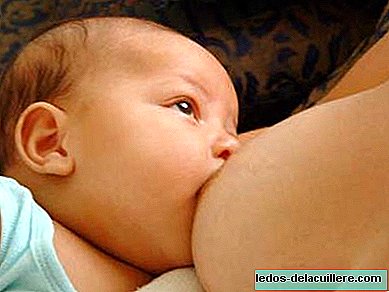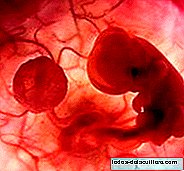
Unlike artificial milk, which each has its own flavor according to the brand, breast milk contains hundreds of different flavors from the mother's diet.
The taste of the food the father eats passes into breast milk making the breastfed baby more likely to accept new flavors in the future and ultimately, have a more varied diet.
Recent research on the transfer of flavors through breast milk by scientists at the University of Copenhagen, in Denmark, has focused on the time it takes for the baby to taste the different flavors.
The mothers were given capsules containing the same compounds that flavor certain foods and found that at different periods of time, the flavors appeared in the milk.
The flavors of caraway seeds (similar to anise) and licorice appeared 2 hours after the mother ate the compounds. The banana, 1 hour later while the mint, between 2 and 8 hours after consumption.
The times depended on each woman, but in all cases the flavors disappeared from the milk 8 hours after having consumed the compounds, so if there is any taste in the milk that the baby rejects, it will be eliminated at most at 8 hours.
The study confirms something we already knew, that the baby experiences different flavors through the milk of his mother. Hence the importance of the mother's varied diet during breastfeeding and another great advantage of breast milk over formula milk.
The more variety of flavors the baby receives during the most receptive breastfeeding stage will then be to the new flavors, establishing the first step for a more varied and therefore healthier diet.












